Pros and cons
The advantages of laminate on the wall in the interior:
- stronger than MDF and PVC panels, will not break when hit;
- does not absorb moisture due to the dense structure and protection with a polymer layer;
- easy to clean with regular soapy detergent;
- a wide selection of colors and textures, imitation of natural wood;
- environmentally friendly;
- convenient in masonry.
Disadvantages:
- cost is higher than that of panels;
- the material requires a solid surface and reliable fastening due to heavy weight;
- suitable for interior decoration with a constant low humidity indicator, the material does not tolerate temperature extremes.
To create an accent in the interior, as in the photo, you can plank a part of the wall and ceiling with the board, as well as complement the design with backlight.
Laminate color
The colors of the laminate can be divided into cold and warm groups, and during the repair you need to adhere to one color. It happens with a shade of green, blue, white, red, brown.
You can choose a color to match the tone of the furniture and walls, or you can make a contrasting wall in the interior, both options are appropriate depending on the design. You should also pay attention to the brightness of the laminate, which determines the fusion of colors, or contrast in one group of shades. The color can be matched to the door or the color of the floor.
| Light brown |  |
| Brown | 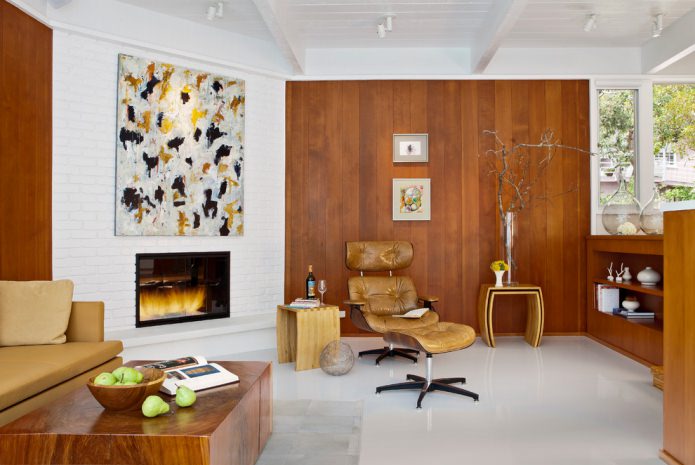 |
| Dark brown | 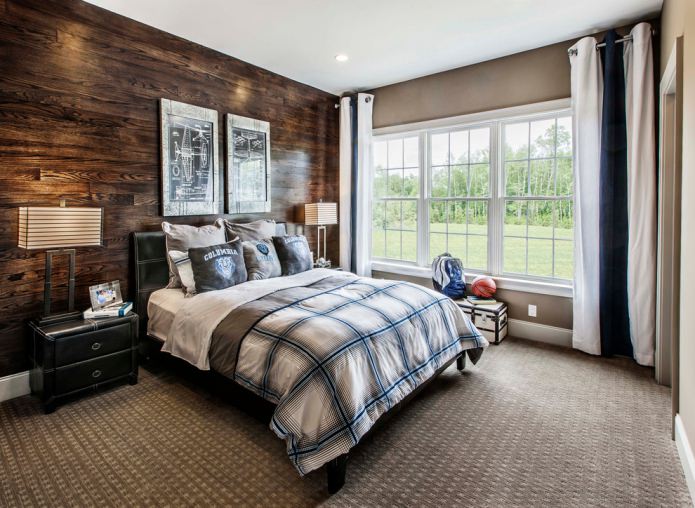 |
| White | 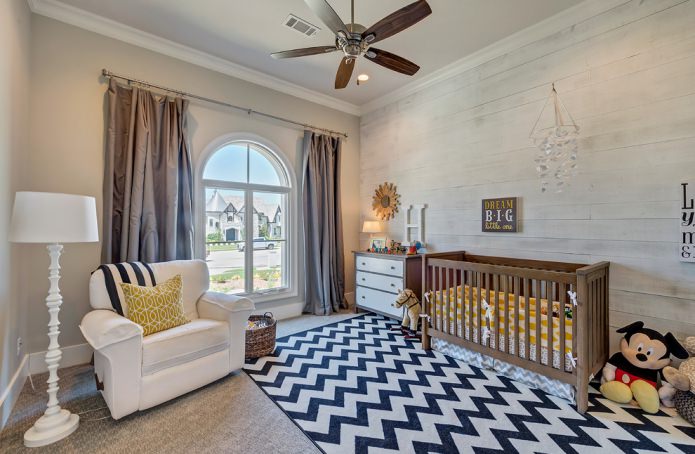 |
| Gray | 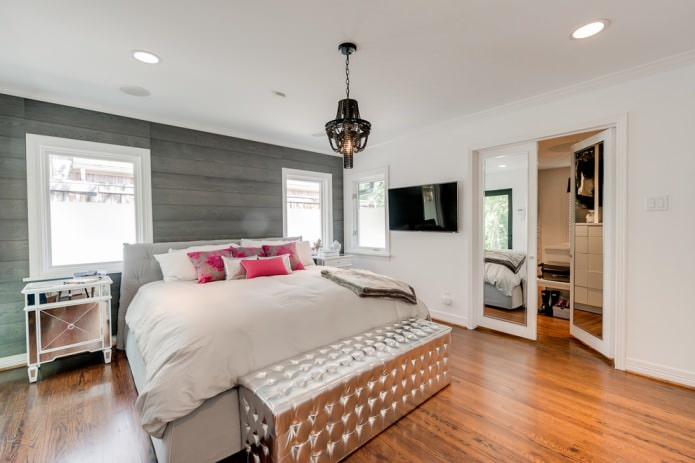 |
| The black | |
| Multicolored |
The combination of laminate on the wall requires harmony with the basic decoration of the interior:
- When laying a whole wall with a dark laminate, it is better to paste the rest into plain and light wallpapers;
- Dark stucco in the interior will look good in contrast with a white laminate;
- To create an infinite space, you can trim the wall and floor with one laminate.
Photo in the interior of the living room
Finishing with laminate is appropriate in rooms of any purpose, it is important in each case to combine the color of the panels with the main color of the finish.
Laminate on the wall in the living room interior can be mounted both vertically and horizontally, it depends on the size of the room. For example, horizontal panels are only suitable for tall living rooms and will make it visually wider. Vertical installation is suitable for small spaces and makes the ceilings visually higher.
On the picture an accent wall of horizontal panels with mirror inserts is presented, which creates a feeling of the depth of the room, which continues behind the laminate.
Laminate on the wall in the kitchen
Laminate on the wall in the interior of the kitchen can be used as an accent contrasting wall and an apron of the work surface, which will protect against splashes and can be easily washed. Color should be in harmony with the facade of the kitchen. To highlight the dining area, you can make a wall of laminate to match the color of dark wood.
Bedroom decoration
The laminate on the wall in the bedroom interior can be used as inserts over the head of the bed. If the bedroom is large, then you can veneer the entire wall with laminate and bleach it, hang colored accessories and photographs in the frame. A laminate wall at the head will create coziness to match the color of the bed.
On the picture An example of an interior with wall decoration and flooring in one color. It looks spectacular and creates a feeling of infinity.
On the picture wall decoration at the head of the bed, which fits the general eco-style of the bedroom interior.
Laminate in the hallway
The wall laminate in the interior of the hallway should contrast with the color of the floor and it is better for them to sheathe only the lower part of the wall. It is recommended to mount the laminate on the wall in the corridor vertically, as this will not make it visually smaller.
On the picture the corner of the hallway is trimmed with natural wood paneling and combines with neutral shades of the interior.
Photo in the bathroom
Laminate on the walls in the interior of the bathroom can only be used with ventilation, which is important for the durability of the structure. Not suitable as an alternative to tiles in the shower area, but you can highlight one wall with wooden trim.
Making a balcony or loggia
In the interior of the balcony, the laminate was often used for lining. It protects the wall insulation from moisture, it is also possible to make shelves from it and veneer cabinets on the balcony. A great option if the balcony acts as a study.
The choice of class and method of attachment
When choosing a laminate, it is worth considering that:
- a heavy load will not affect the laminate;
- the choice of lock system depends on the mounting method;
- an interior with a laminate on the wall should give an aesthetic pleasure, which will help the range of colors and textures.
Mounting Methods
- Glue. This is a system without locks, installation is carried out only with glue, which is applied to the side and back. The glue for the laminate on the wall should be on silicone, or “liquid nails”. The panels are glued one after another, and the emerging glue must be cleaned immediately with a wet sponge. Rarely used for crates.
- Clicky. To fasten two parts, they are tilted at an angle of 20 degrees to each other and the laminate is brought into grooves. The lock is easily latched and firmly connects the panels. It can be fixed with glue to the crate, this option is resistant to mechanical stress.
- Groovy. Fastening according to the principle of a tongue-and-groove lock which does not need to be glued additionally. Mounting on the frame, the panel is fixed in the recess with the help of clamps.
Which class to choose?
For laying the laminate on the wall, it is not necessary to use the highest durable class (from 33 to 34), material of low strength from 21 to 31 classes is sufficient.
On the picture white color makes the living room interior lighter, and the texture of the tree on the wall adds coziness.
Horizontal and vertical styling
Horizontal method
The joints converge in one line, which must be covered with skirting boards, and they are attached to the wall with dowels, nails. The plinth is placed no more than after 1.5 meters. So that the laying is strong, and the load is distributed evenly, the laminate should be cut into strips before starting.
Horizontal placement of boards in the interior (as in the photo) will make the room wider, and vertical - higher.
Vertical method
The laminate on the wall is vertically mounted on a flat surface with glue, there are many laying options, you can combine the remains from different lots and colors to create a unique interior design.
How to fix a laminate on a wall? (video)
There are two common ways to mount on the wall: glue and crate.
Glue method
It requires a flat surface to which the laminate will be attached, otherwise gaps will appear and the service life will be lower. Installing a laminate board on a wall with this method does not require special knowledge and you can do it yourself. You can glue any kind of panels, with or without locks.
When installing with glue, in addition to liquid nails on silicone, special glue can be used, then the panel is pressed. For a better strength, the castle can be glued. It may concern the question of how to lay a laminate on a wall if it takes a lot of plaster to align them. In this case, it is worth choosing the second method.
Lath made of metal or wood
This method does not require the creation of a flat wall surface using plaster or drywall, since a frame is created. The lathing makes additional warming and soundproofing of the room. Here the panel is mounted on nails or kleimers. This method is longer, but will help to save on leveling the walls.
To create a wooden crate, 2-4 cm slats are needed, which are attached to the wall at a distance of 20-50 cm parallel to future panels. The metal frame is made of drywall profiles, and some manufacturers also offer a finished frame.
Photo gallery
With the help of a laminate board, you can experiment with the interior of the room and design walls in an original way. Below are photos of examples of the use of laminate on the walls in rooms for various functional purposes.


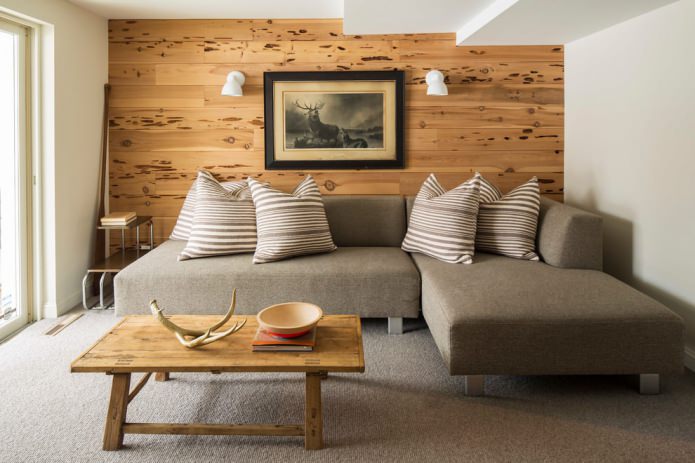


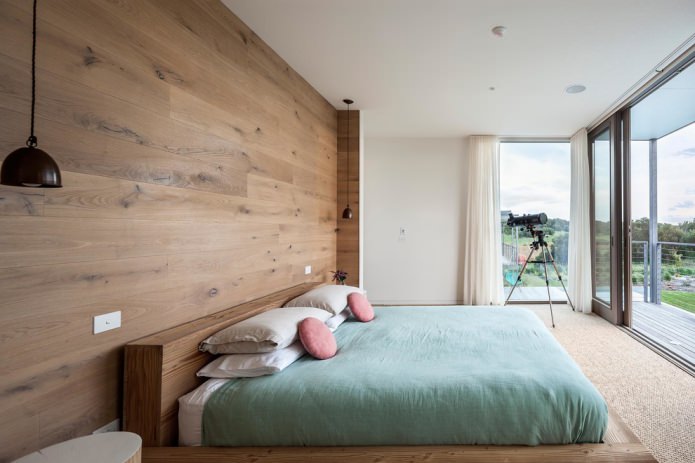
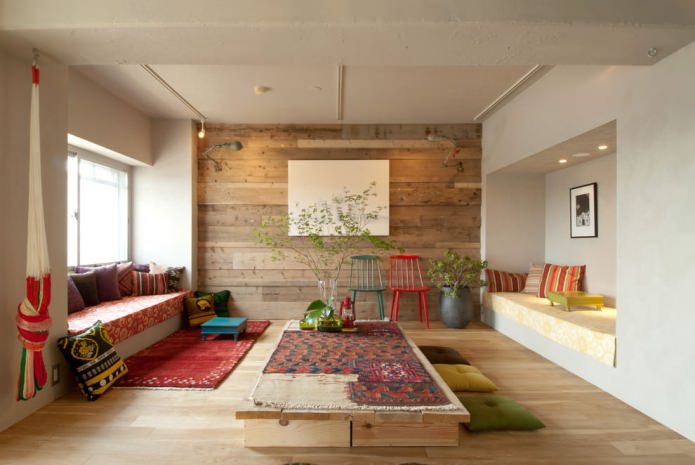
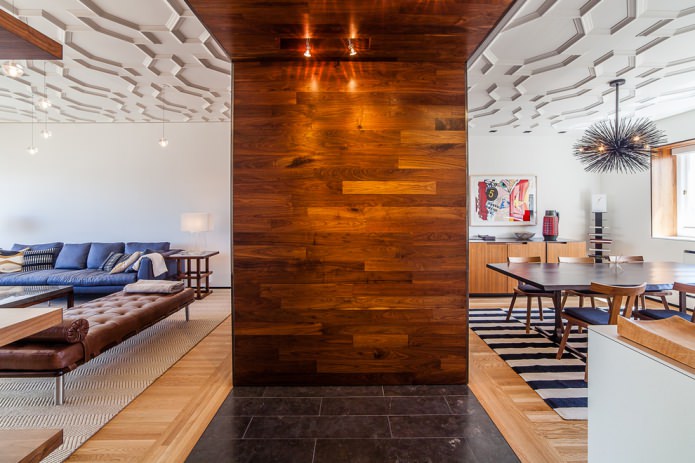
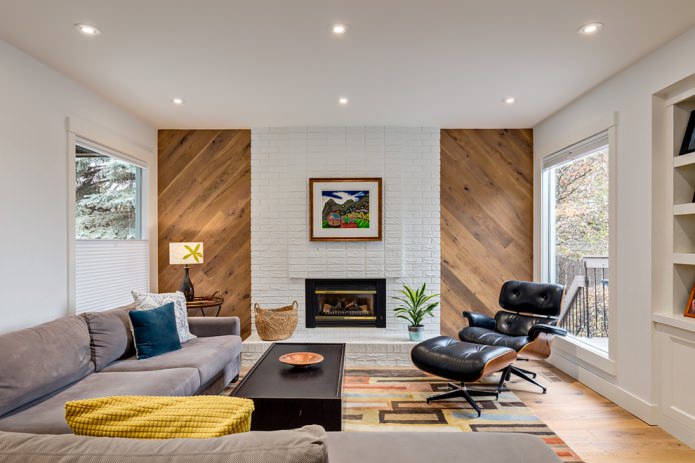
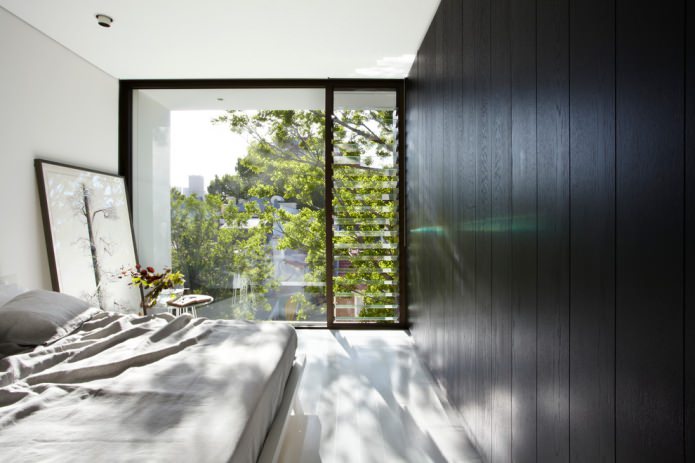


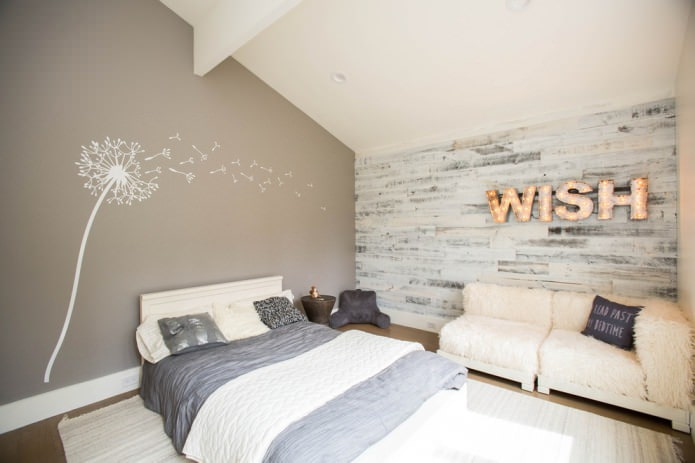
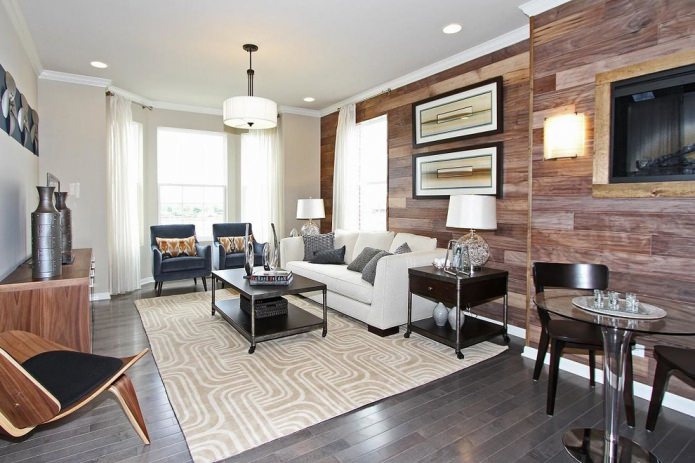

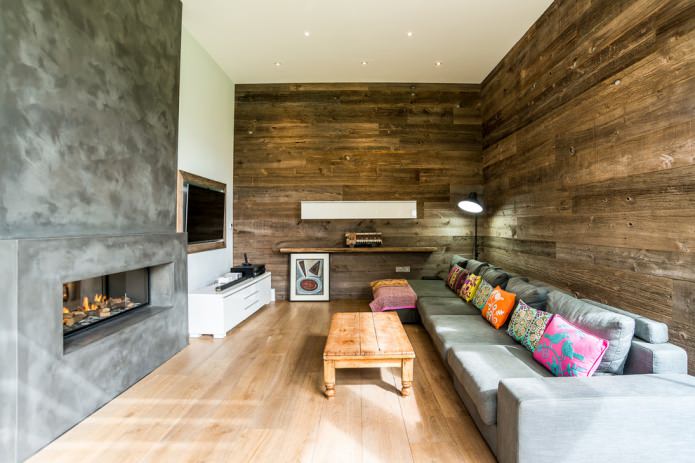
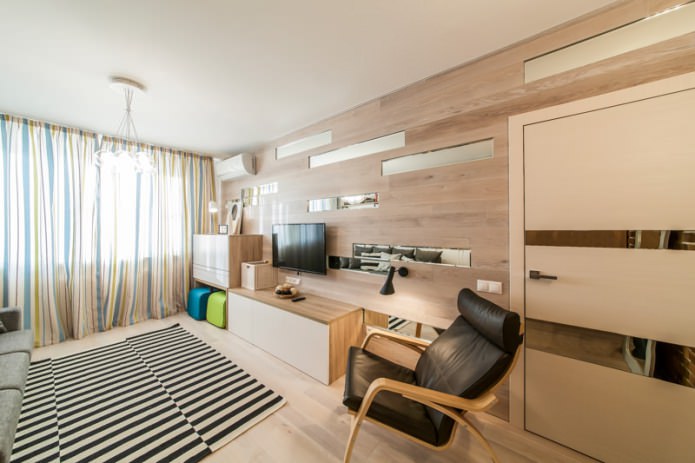
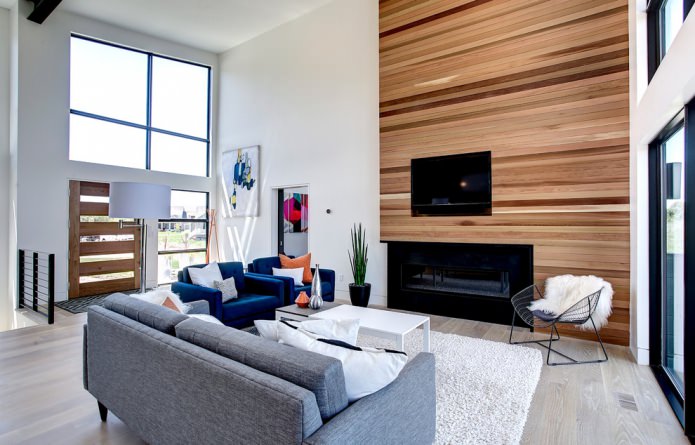
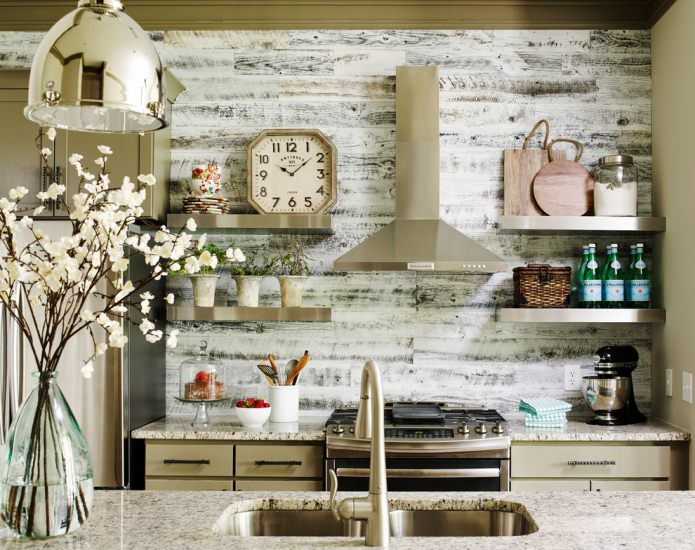




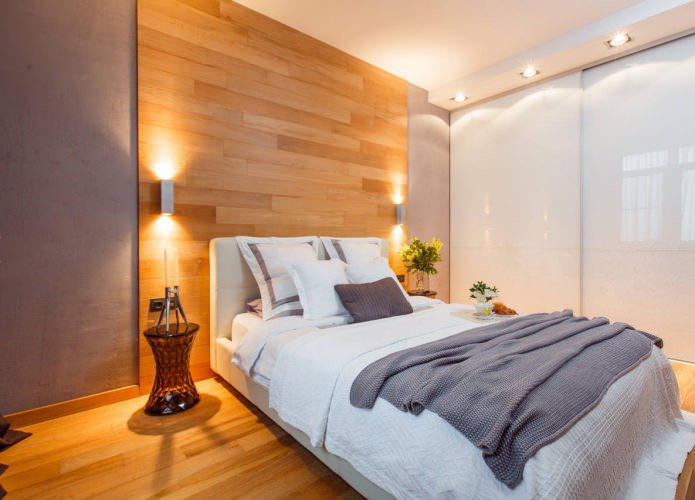



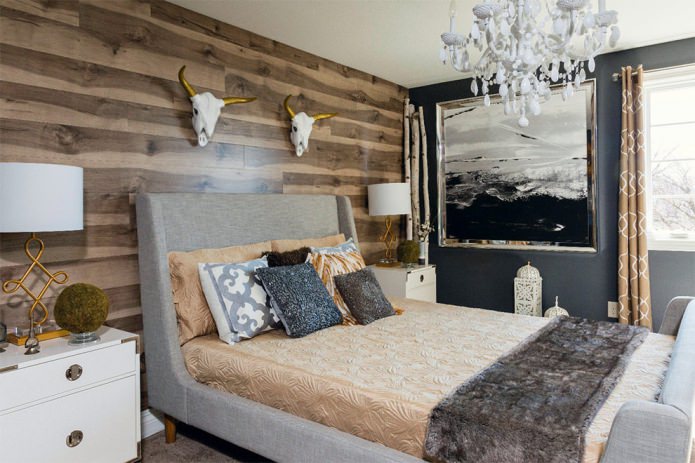
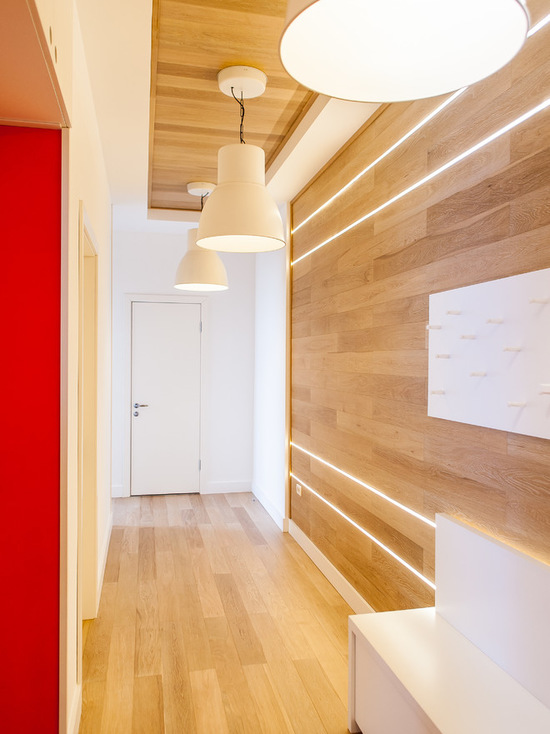
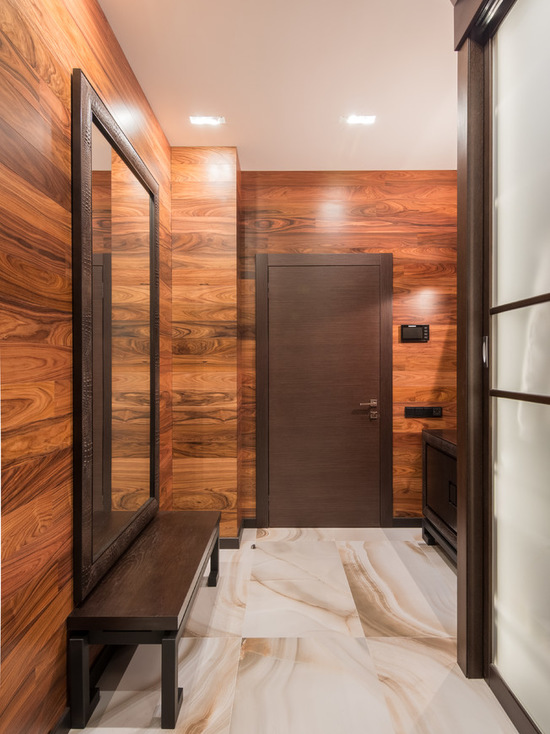
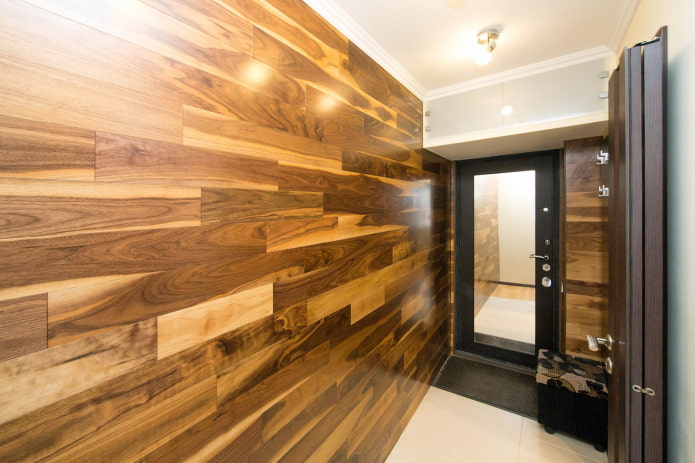
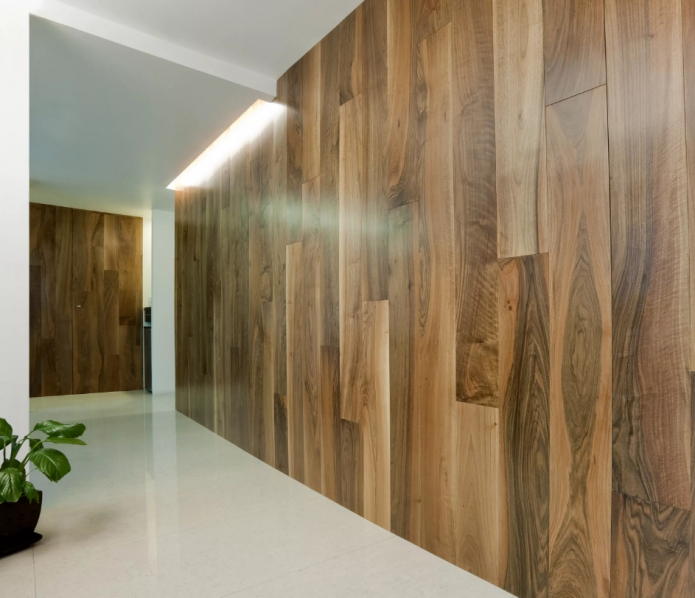
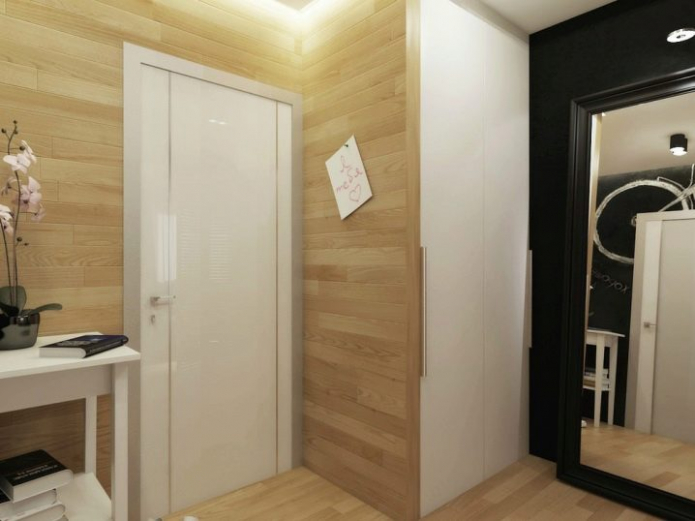
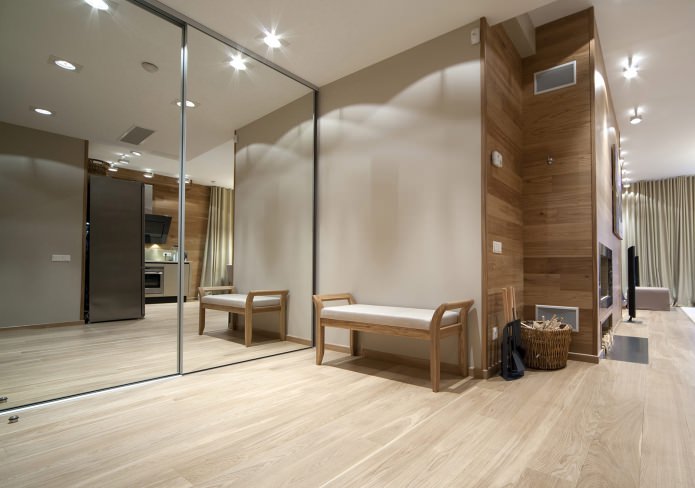
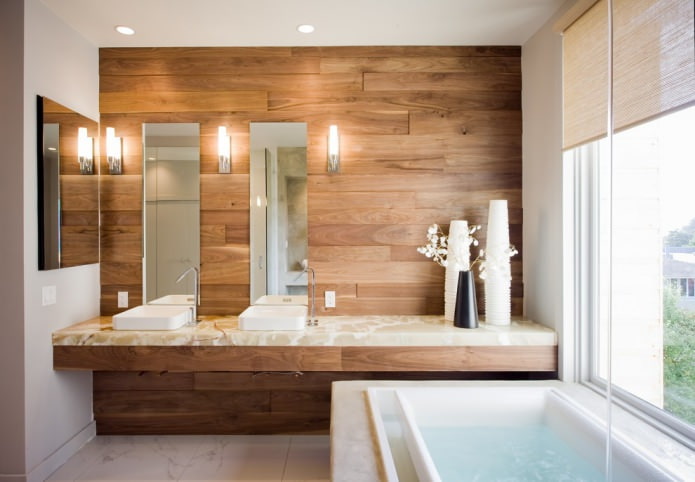
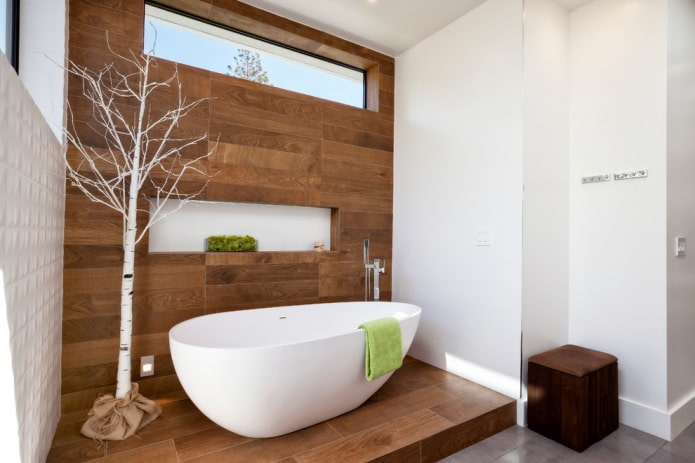

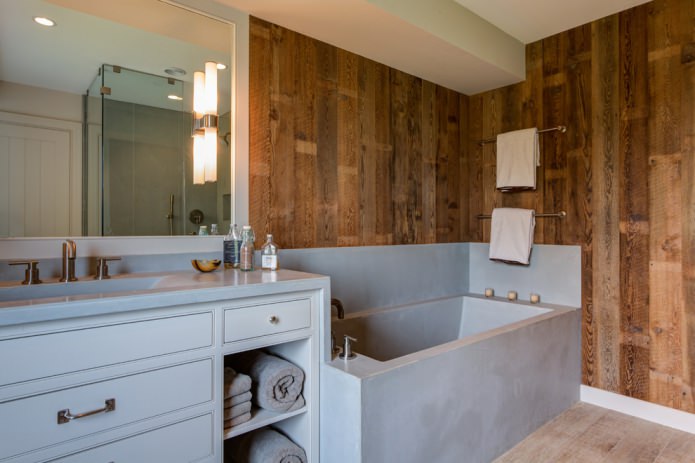
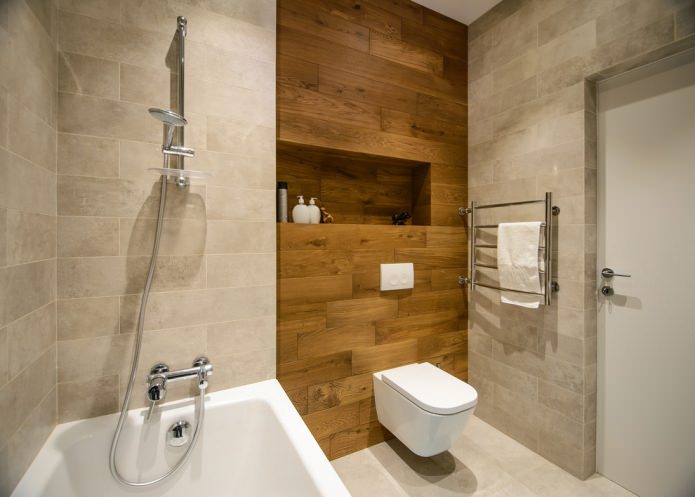
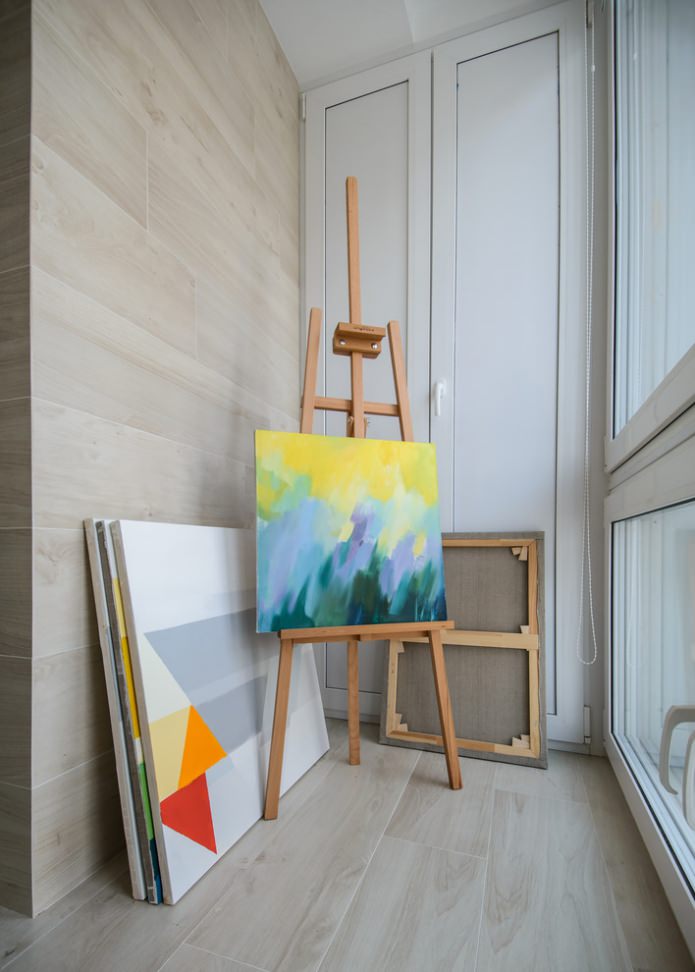
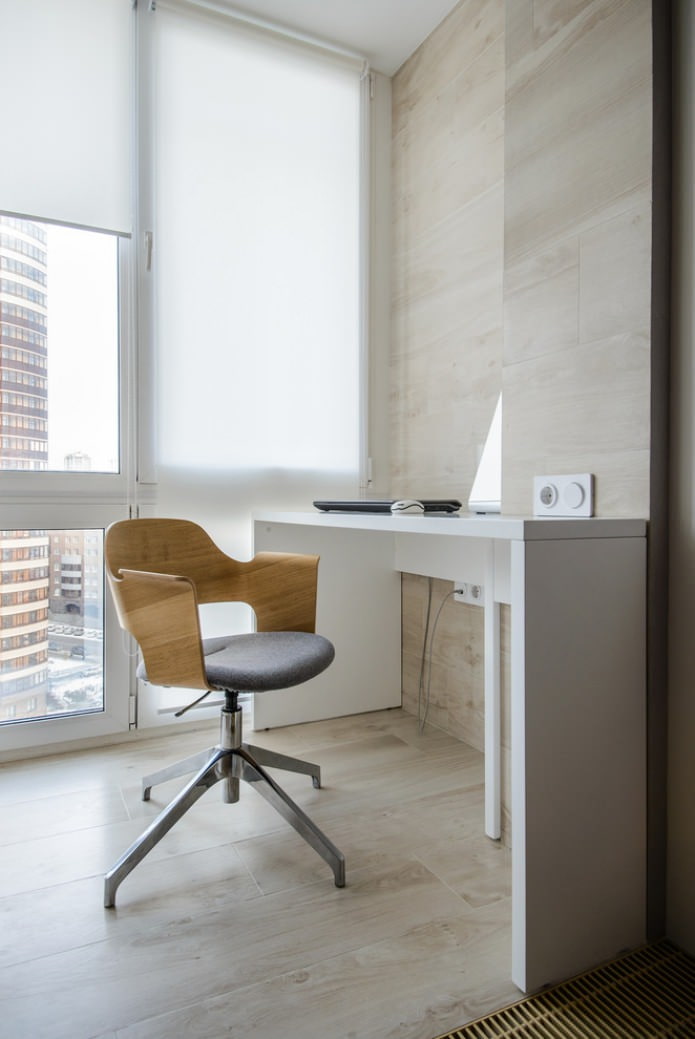

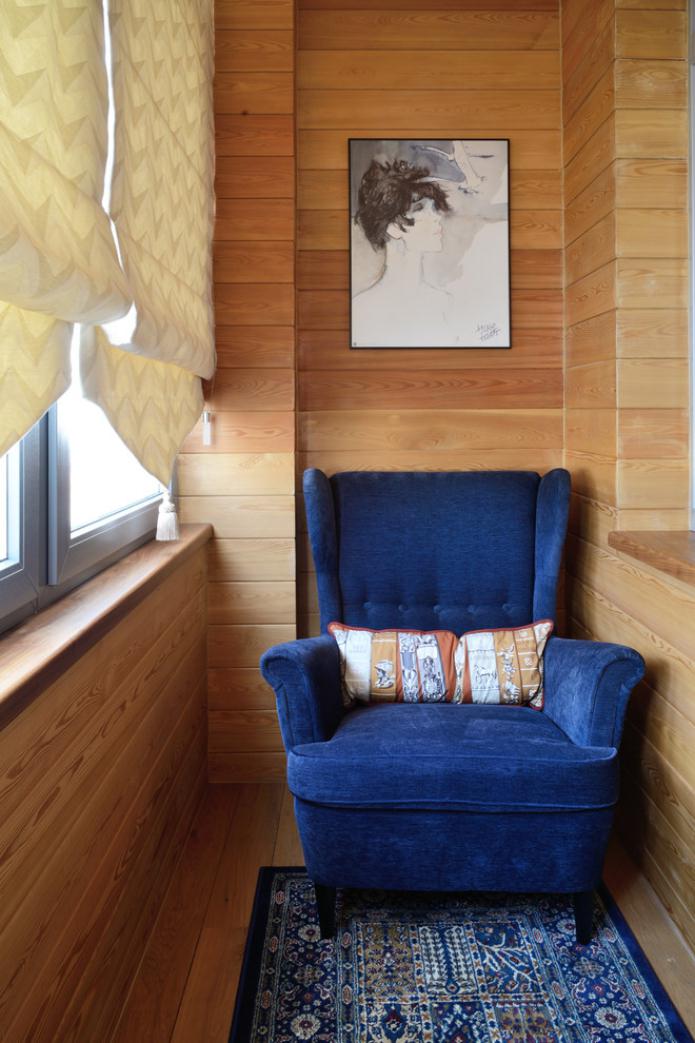
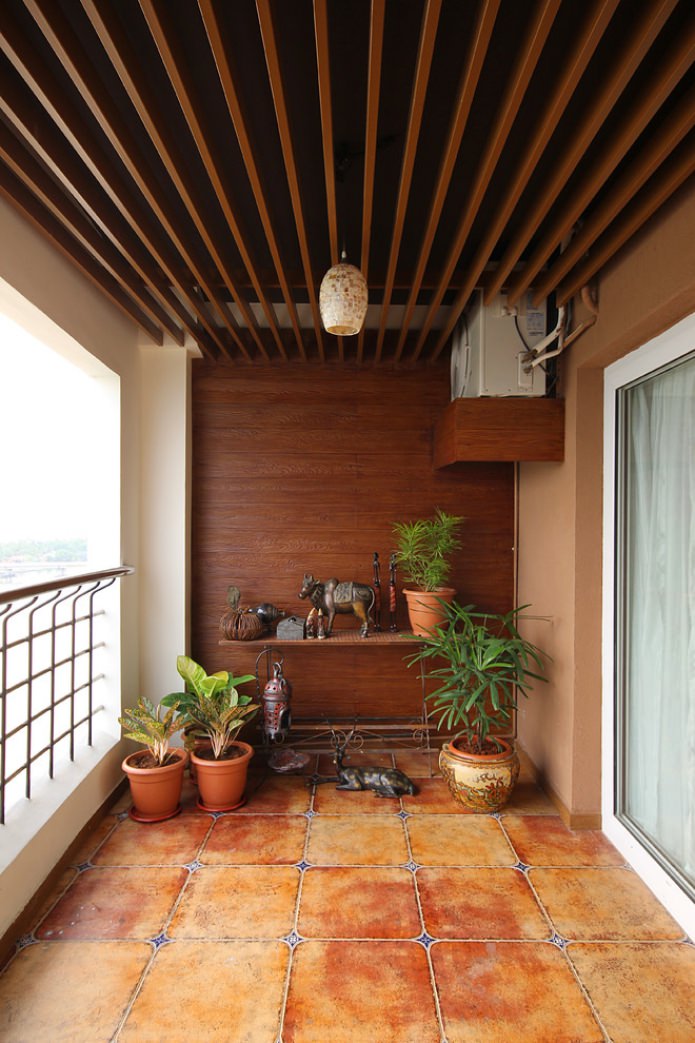
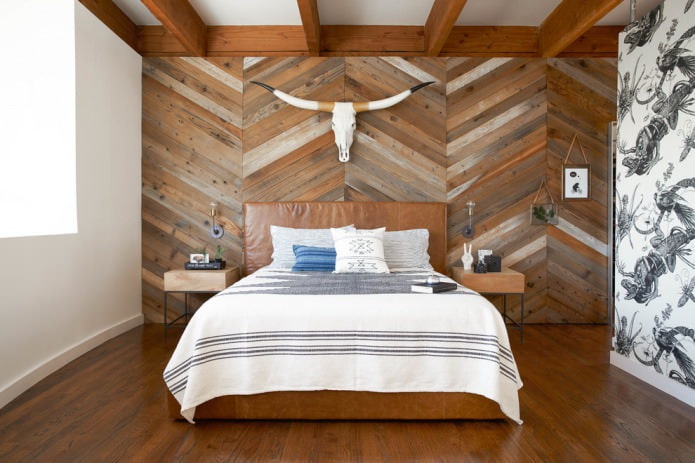

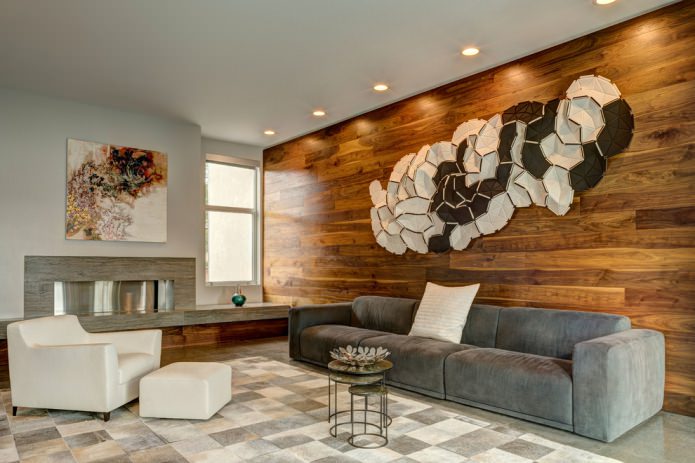
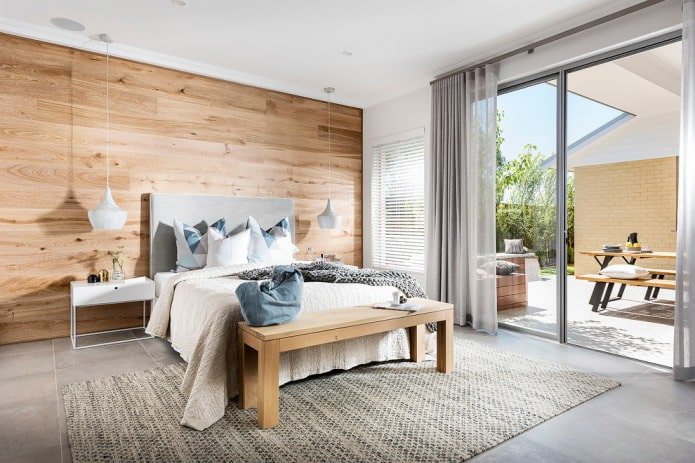
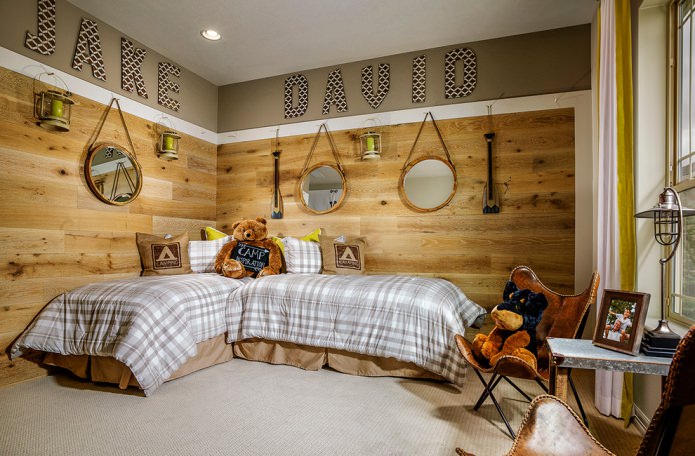

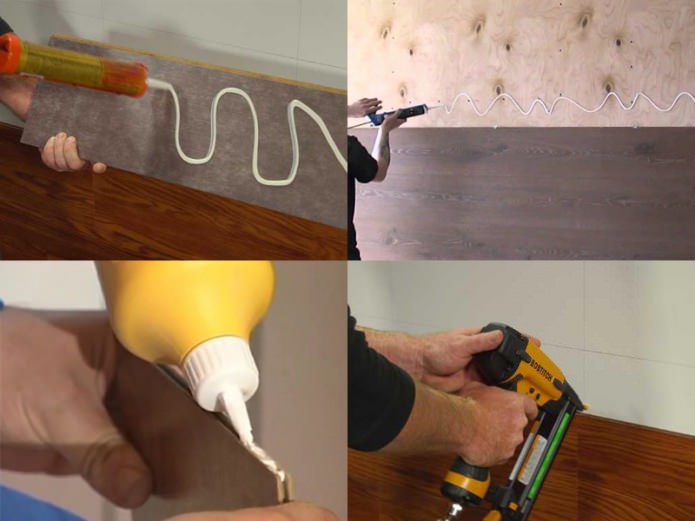

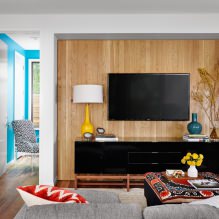
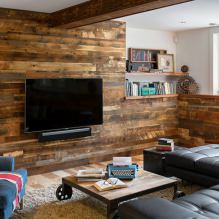
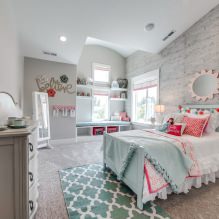
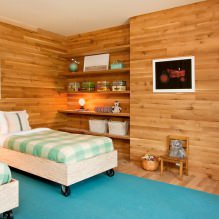

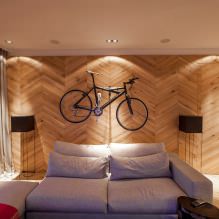
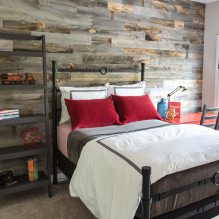
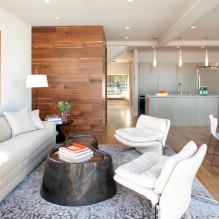
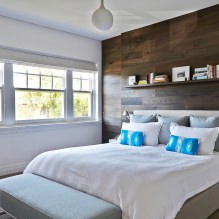
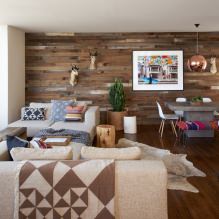


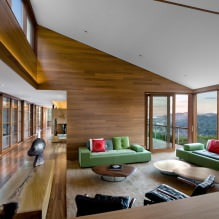
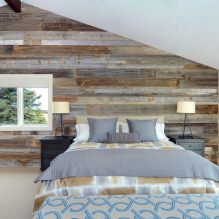
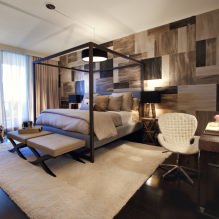
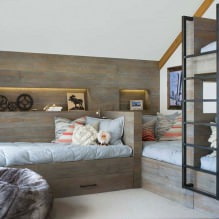
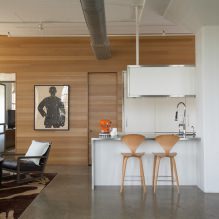

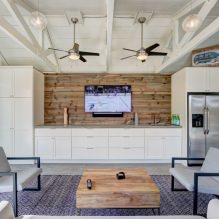
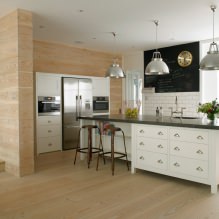
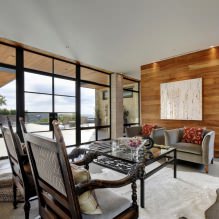
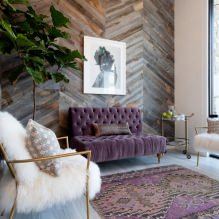

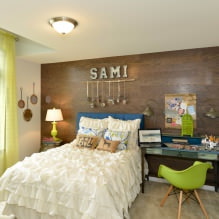


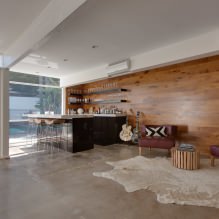

 Top 10 Trends in Interior Design 2020
Top 10 Trends in Interior Design 2020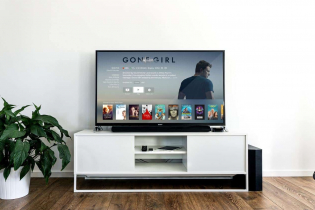 Rating of cheap TVs with Smart-TV
Rating of cheap TVs with Smart-TV New Year's LED garlands on AliExpress - we disassemble while it is hot so that the house is bright
New Year's LED garlands on AliExpress - we disassemble while it is hot so that the house is bright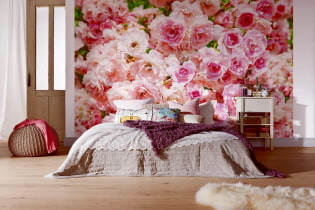 Wall mural with flowers in the interior: living wall decor in your apartment
Wall mural with flowers in the interior: living wall decor in your apartment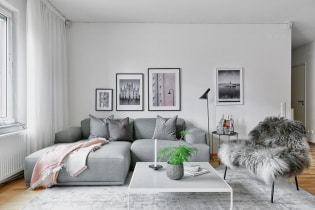 Gray sofa in the interior: views, photos, design, combination with wallpaper, curtains, decor
Gray sofa in the interior: views, photos, design, combination with wallpaper, curtains, decor Interior in peach tones: meaning, combination, choice of finishes, furniture, curtains and decor
Interior in peach tones: meaning, combination, choice of finishes, furniture, curtains and decor